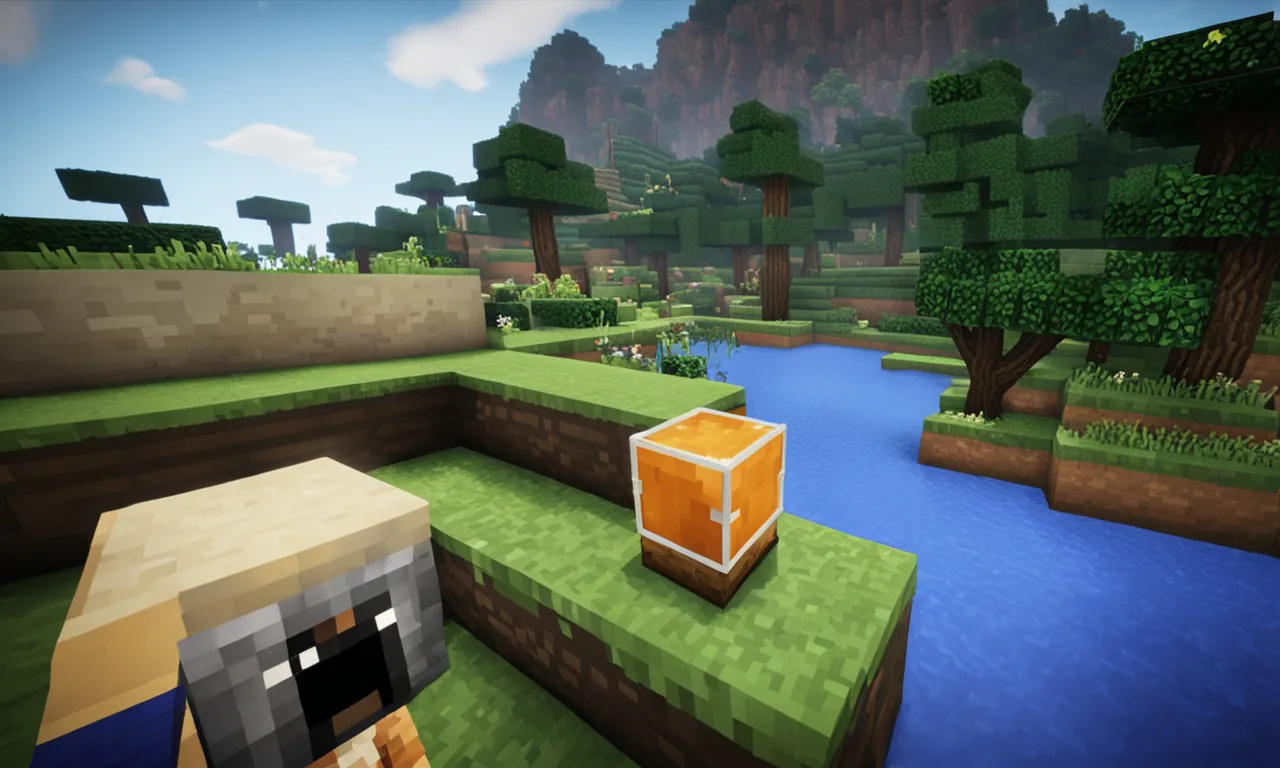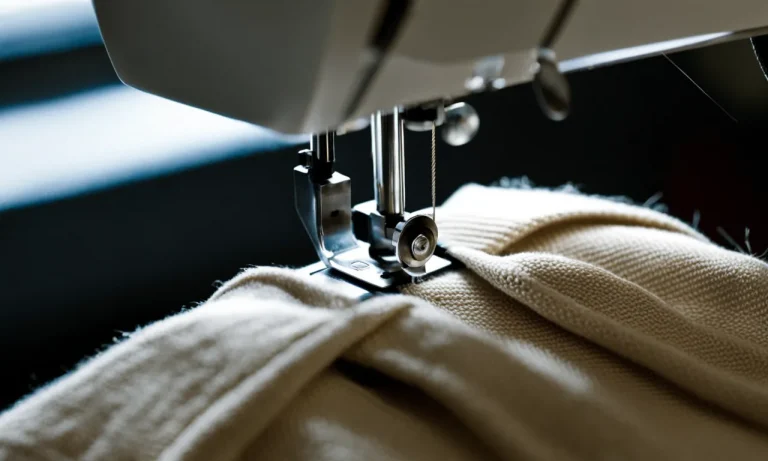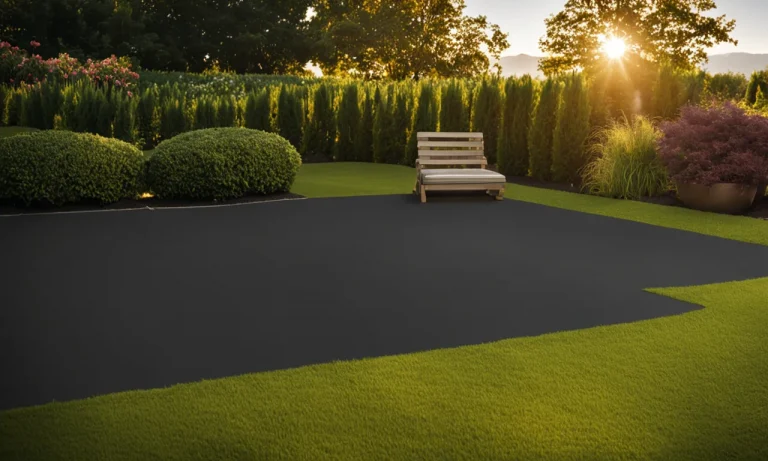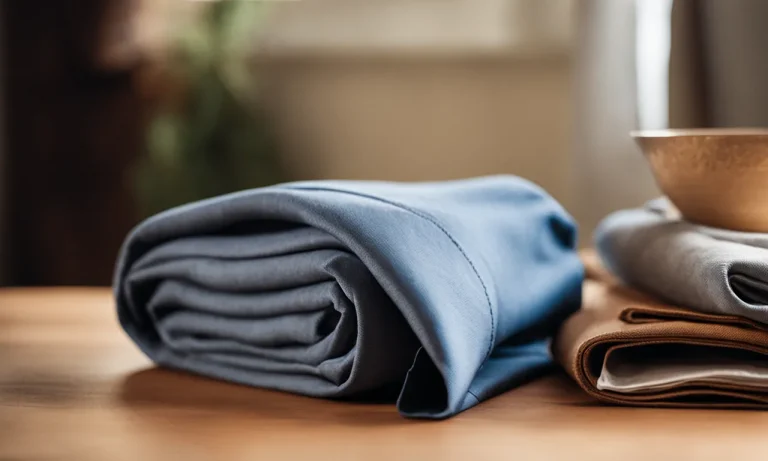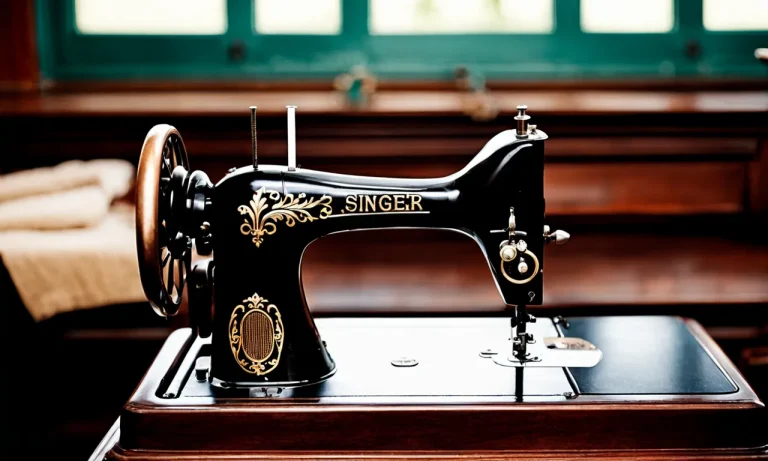Forge Vs Fabric: Which Minecraft Modding Api Is Better?
With the rise in popularity of modding in Minecraft, two APIs (Application Programming Interfaces) have emerged as the main options for creating mods: Forge and Fabric. As a Minecraft player looking to install mods, you may be wondering – which one is better?
In this comprehensive guide, we’ll examine the key differences between Forge and Fabric, weigh up the pros and cons of each, and help you decide which modding API is right for your needs.
If you’re short on time, here’s a quick answer: Forge has been around longer and has wider mod compatibility and availability. Fabric is newer, lighter, and faster. For most players just getting started with mods, Forge is the easier choice right now.
But Fabric is growing quickly in popularity among players and modders.
Background and History
When Forge and Fabric were created
The Forge and Fabric modding APIs have been instrumental in enhancing the Minecraft experience for players worldwide. Forge, developed by LexManos, was created in 2011 and quickly gained popularity among the Minecraft modding community.
It provided a powerful platform for modders to create and customize their own content, adding new items, blocks, and gameplay mechanics to the game.
Fabric, on the other hand, is a relatively newer modding API that was released in 2020. It was developed by a team of modders known as the Fabric Project, with the aim of providing a lightweight and flexible alternative to Forge.
Fabric focuses on simplicity and modularity, making it easier for developers to create and maintain mods.
Adoption and usage over time
Over the years, Forge has established itself as the go-to modding API for Minecraft. It boasts a vast library of mods, ranging from simple cosmetic changes to complex gameplay enhancements. Its extensive community support and documentation have made it the preferred choice for many modders.
Fabric, although relatively new, has gained significant traction in the Minecraft modding scene. Its lightweight nature and compatibility with the latest versions of Minecraft have attracted a growing number of developers.
Fabric’s focus on modularity allows for greater customization and flexibility, which appeals to certain modders who prefer a more streamlined approach.
It’s important to note that both Forge and Fabric have their own dedicated user bases and modding communities. Some mods are exclusive to one API or the other, while others have versions available for both.
Ultimately, the choice between Forge and Fabric depends on the specific needs and preferences of the modder.
For more information on Forge, you can visit their official website here. To learn more about Fabric, you can visit their official website here.
Performance and Optimization
Lightweight nature of Fabric
Fabric is often praised for its lightweight nature, which can greatly benefit the performance of Minecraft modding. With a focus on simplicity and efficiency, Fabric offers a streamlined API that allows mods to run smoothly without causing significant strain on system resources.
This lightweight approach ensures that players can enjoy a seamless gameplay experience without experiencing lag or performance issues.
According to a performance comparison study conducted by Minecraft Forum, Fabric has shown to have lower memory usage and faster startup times compared to Forge. This means that players using Fabric can expect quicker loading times and a more optimized gameplay experience.
Additionally, the modular nature of Fabric allows for better control over the loading and unloading of mods, which further contributes to its efficient performance. This means that players can customize their modpacks with ease and only load the mods they actually want to use, reducing unnecessary overhead and potential conflicts.
Forge’s higher overhead
While Forge has been the go-to modding API for Minecraft for many years, it does have a higher overhead compared to Fabric. This is primarily due to Forge’s extensive feature set and compatibility with a wide range of mods.
With a larger codebase and more complex architecture, Forge can require more system resources to run smoothly. This can result in longer loading times and potentially impact the overall performance of the game.
However, it’s important to note that the difference in performance may not be noticeable on high-end systems.
According to a performance analysis conducted by CurseForge, Forge tends to have higher memory usage and slower startup times compared to Fabric. However, it’s worth mentioning that Forge’s extensive library of mods can provide a broader range of gameplay options and features, which can be appealing to some players.
Ease of Use for Players
Simplicity of Forge mod installations
When it comes to installing mods, Forge has long been the go-to API for many Minecraft players. One of the reasons for this is its simplicity of installation. With Forge, players can easily download and install mods with just a few simple steps.
The Forge website provides a user-friendly interface, making it easy to find and download the desired mods.
Additionally, Forge has a vast library of mods available, offering players a wide range of options to enhance their Minecraft experience. Whether it’s adding new blocks, creatures, or gameplay mechanics, Forge has a mod for almost anything you can imagine.
Furthermore, the modding community surrounding Forge is well-established and active, providing support and updates for mods. Players can find tutorials, guides, and forums dedicated to Forge modding, making it easier for both beginners and experienced players to navigate the world of mods.
Learning curve with Fabric mods
Fabric, on the other hand, is a relatively newer modding API that has gained popularity among some Minecraft players. While it offers its own set of benefits, the learning curve for using Fabric mods can be steeper compared to Forge.
Unlike Forge, which has a centralized modding platform, Fabric relies on individual mod developers to host and distribute their mods. This decentralized approach can make it more challenging for players to find and install the mods they want.
Additionally, because Fabric is a newer API, the number of available mods may be more limited compared to Forge. This can be a drawback for players looking for a wide variety of mod options.
However, it’s worth noting that Fabric is known for its efficiency and performance improvements compared to Forge. Some players prefer Fabric for its lightweight nature and faster loading times. It also offers compatibility with the latest versions of Minecraft, allowing players to experience new features and updates sooner.
Modder Experience
Forge’s extensive documentation and support
When it comes to modding experience, Forge has established itself as a reliable and popular choice among Minecraft modders. One of the main reasons for its success is its extensive documentation and support.
Forge provides detailed documentation that covers everything from modding basics to advanced techniques. This allows modders to easily understand and navigate the modding process, even if they are beginners.
Additionally, Forge has a strong community of modders who are always ready to help each other out. Modders can find support and guidance on various forums and platforms dedicated to Forge modding. This sense of community and collaboration makes the modding journey more enjoyable and less daunting.
Fabric’s focus on being lightweight and customizable
Fabric, on the other hand, takes a different approach to modding. It focuses on being lightweight and customizable, making it a great choice for modders who prefer a more streamlined and personalized experience.
Fabric allows modders to have more control over their mods and the overall modding process.
Despite being relatively new compared to Forge, Fabric has gained popularity among modders who appreciate its flexibility. It offers a modular system that allows modders to pick and choose the components they need, resulting in a more efficient and tailored modding experience.
Both Forge and Fabric have their own strengths and cater to different types of modders. While Forge’s extensive documentation and support make it an excellent choice for beginners and those who prefer a more guided approach, Fabric’s lightweight and customizable nature appeals to modders who want more control and flexibility.
Mod Availability and Compatibility
When it comes to mod availability and compatibility, both Forge and Fabric have their own strengths and weaknesses.
Breadth of Forge mods
Forge has long been established as the go-to modding API for Minecraft, and as a result, it boasts a vast library of mods. Thousands of mods have been developed specifically for Forge, covering a wide range of categories such as new blocks, items, weapons, mobs, and even entire gameplay overhauls.
This extensive mod library means that players using Forge have a plethora of options to choose from, allowing them to tailor their Minecraft experience to their liking. Whether you want to build massive structures with ease or embark on epic adventures in new dimensions, chances are there’s a Forge mod out there for you.
Furthermore, the popularity of Forge has led to a large community of mod developers who actively contribute to the growth and improvement of the platform. As a result, updates and bug fixes are regularly released, ensuring that compatibility issues are addressed promptly.
Fabric’s momentum with new mods
Fabric, on the other hand, is a newer modding API that has been gaining momentum in recent years. While it may not have the same extensive library of mods as Forge, it has been steadily attracting mod developers and gaining popularity among players.
One of the advantages of Fabric is its lightweight nature, which allows for faster and more efficient mod loading. This means that players using Fabric can enjoy a smoother gameplay experience with reduced lag compared to Forge.
Additionally, Fabric has been praised for its developer-friendly environment, making it easier for modders to create and update mods. This has resulted in a growing number of new mods being developed specifically for Fabric, offering players fresh and innovative content.
It’s worth noting that while the number of available mods for Fabric may not be as extensive as Forge, the gap is closing as more mod developers embrace the Fabric platform. In fact, many popular mods that were previously exclusive to Forge have now been adapted for Fabric, providing players with more choices.
Conclusion
To summarize, while both Forge and Fabric have their merits, most Minecraft players just getting into modding will likely have an easier time starting with Forge. Its longevity means wider mod support and compatibility for now.
However, Fabric’s efficient and lightweight design is rapidly gaining popularity. As more mods become available for Fabric, expect it to become a compelling alternative, especially for players using lots of mods or with performance concerns.
So explore the top mods available and weigh up what’s most important to you. Forge is the tried and tested option, while Fabric represents an exciting future direction. Whichever modding API you choose, a whole new Minecraft experience awaits!

